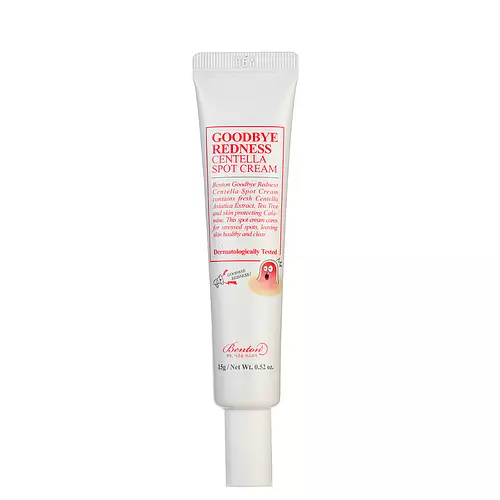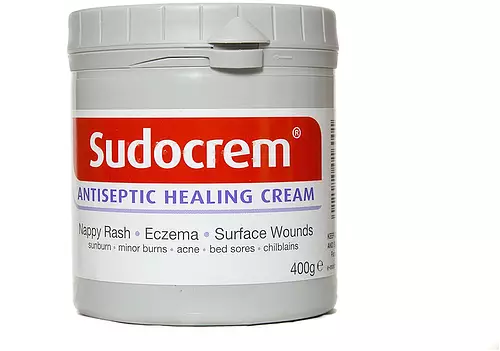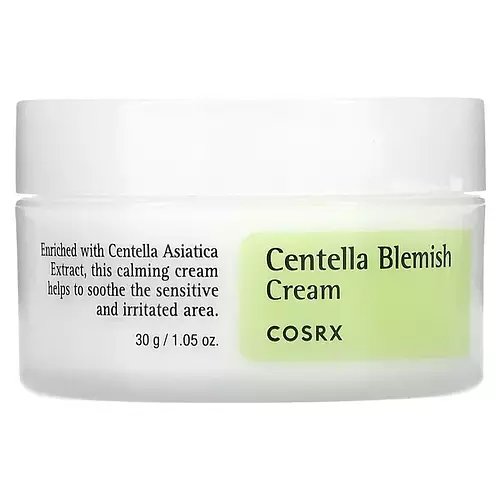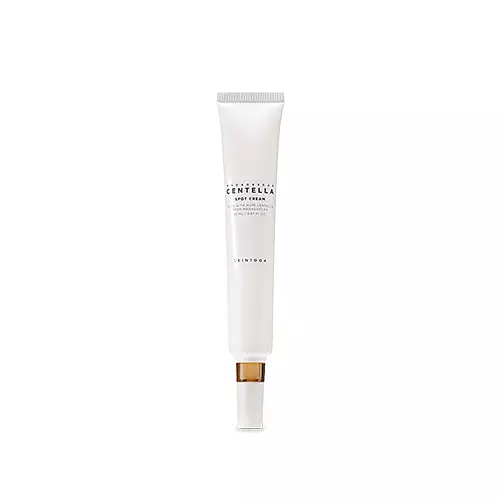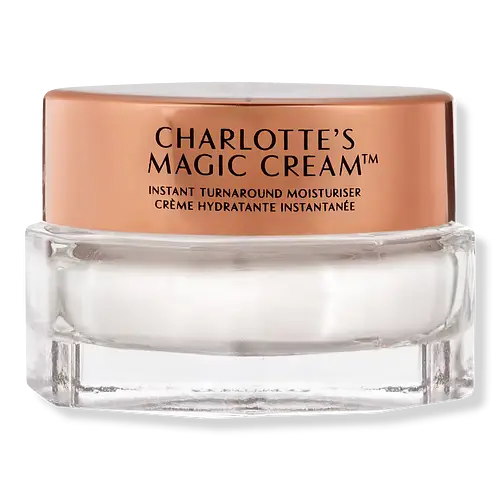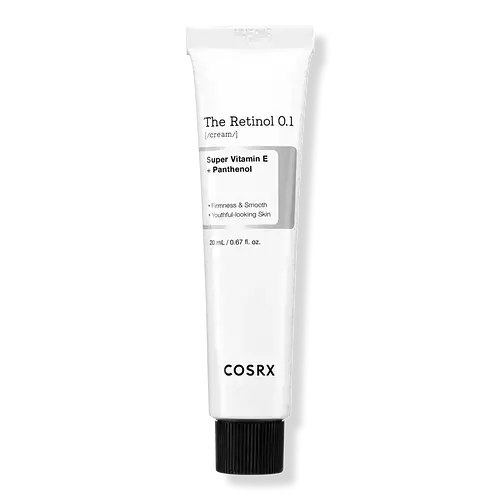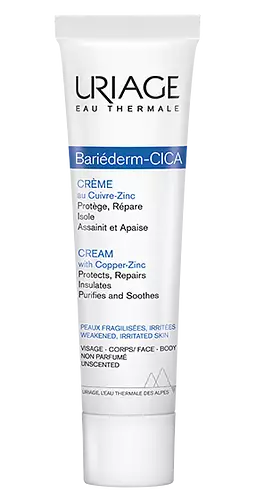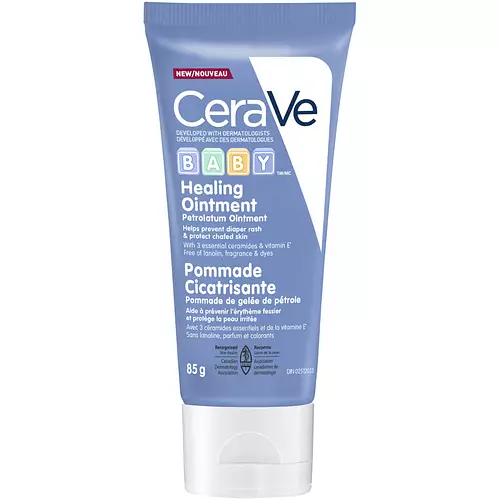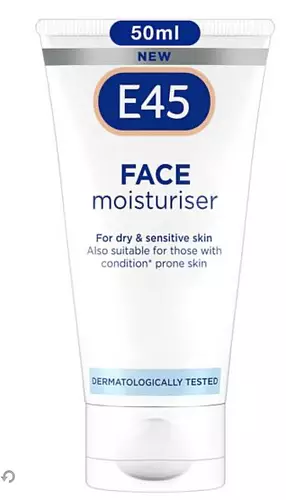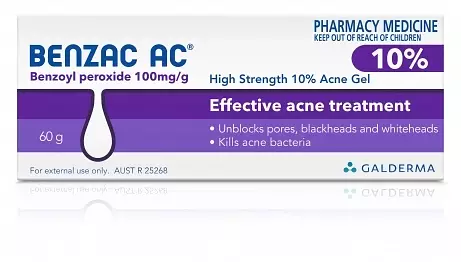Benton Goodbye Redness Centella Spot Cream Versus Sudocrem Antiseptic Healing Cream
Overview
What they are
These products are both facial treatments. They have a total of 1 ingredients in common
Free From
They both do not contain any parabens, silicones or sulfates
What's Inside
They both contain common allergens, fragrances and oils
We independently verify ingredients, and our claims are backed by peer-reviewed research. Spot a product that needs an update? Let us know.
Ingredient Info
Benton Goodbye Redness Centella Spot Cream 31 ingredients
Sudocrem Antiseptic Healing Cream 17 ingredients
At a glance
Click on any of the items below to learn more
Benton Goodbye Redness Centella Spot Cream 31 ingredients
Sudocrem Antiseptic Healing Cream 17 ingredients
Benefits
This product contains 2 ingredients that may have this attribute:
This product contains 1 ingredient that may have this attribute:
This product contains 3 ingredients that may have this attribute:
This product contains 3 ingredients that may have this attribute:
This product contains 1 ingredient that may have this attribute:
This product contains 1 ingredient that may have this attribute:
Concerns
This product contains 1 ingredient that may have this attribute:
This product contains 1 ingredient that may have this attribute:
Notable Ingredients
This product contains 1 ingredient that may have this attribute:
Benefits
This product contains 1 ingredient that may have this attribute:
Concerns
This product contains 1 ingredient that may have this attribute:
This product contains 5 ingredients that may have this attribute:
This product contains 1 ingredient that may have this attribute:
This product contains 2 ingredients that may have this attribute:
This product contains 4 ingredients that may have this attribute:
Ingredients Side-by-side
Ingredients Explained
These ingredients are found in both products.
Ingredients higher up in an ingredient list are typically present in a larger amount.
Water. It's the most common cosmetic ingredient of all. You'll usually see it at the top of ingredient lists, meaning that it makes up the largest part of the product.
So why is it so popular? Water most often acts as a solvent - this means that it helps dissolve other ingredients into the formulation.
You'll also recognize water as that liquid we all need to stay alive. If you see this, drink a glass of water. Stay hydrated!
Learn more about WaterIngredient Ratings
Here's what our community thinks of the ingredients in these products.
When to use
Benton Goodbye Redness Centella Spot Cream 31 ingredients
Sudocrem Antiseptic Healing Cream 17 ingredients

Reviews
Here's what our community thinks
Benton Goodbye Redness Centella Spot Cream 31 ingredients
Sudocrem Antiseptic Healing Cream 17 ingredients
drew
For my girlies who pick their skin - this is a life saver. Very good for spot-treating breakouts at night since its antibacterial, heals the...
For my girlies who pick their skin - this is a life saver. Very good for spot-treating breakouts at night since its antibacterial, heals the breakout and visibly decreases redness on a blemish.
Put it on top of a blemish at night and in the morning the blemish will look so much better.
